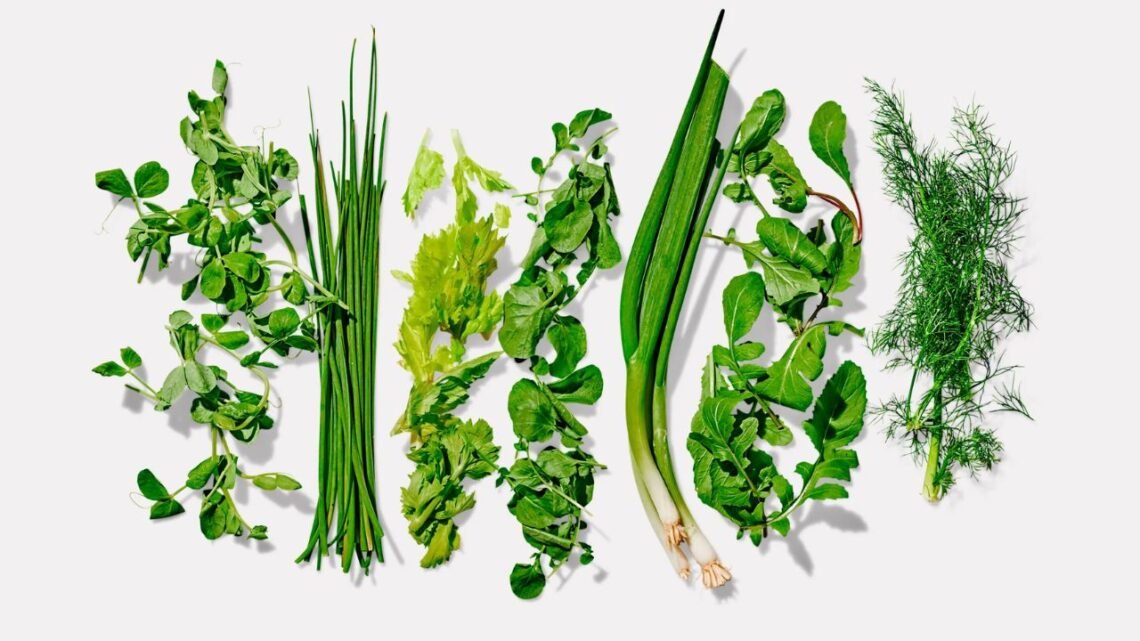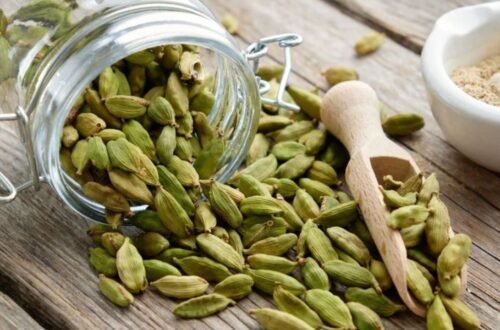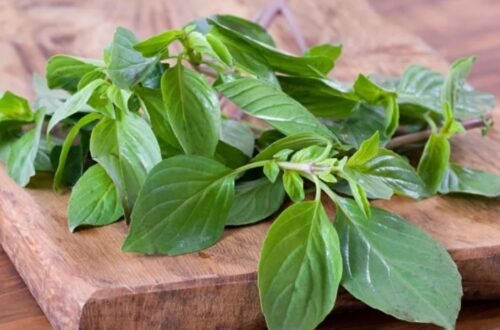Herbs have been a part of cooking, healing, and even cultural rituals for thousands of years. They are nature’s way of adding depth, aroma, and freshness to food. Whether sprinkled fresh over a salad or simmered slowly in a stew, the right herb can transform a dish. Knowing the types of herbs and how to use them can make you a more confident and creative cook.
What Are Herbs?
Herbs are the leafy green parts of certain plants that are valued for their flavor, aroma, or medicinal qualities. Unlike spices, which come from seeds, bark, or roots, herbs are mostly fresh or dried leaves. They can be used in cooking, teas, and even skincare.
Some herbs, like basil and cilantro, are delicate and should be added at the end of cooking for a fresh taste. Others, like rosemary and thyme, can handle long cooking times without losing their flavor. Understanding the characteristics of each herb helps you make the most of them in your kitchen.
Common Types of Herbs and Their Uses
Below are 20+ types of herbs, each explained in short, easy-to-read descriptions so you can quickly learn their flavors and best uses.
1. Basil
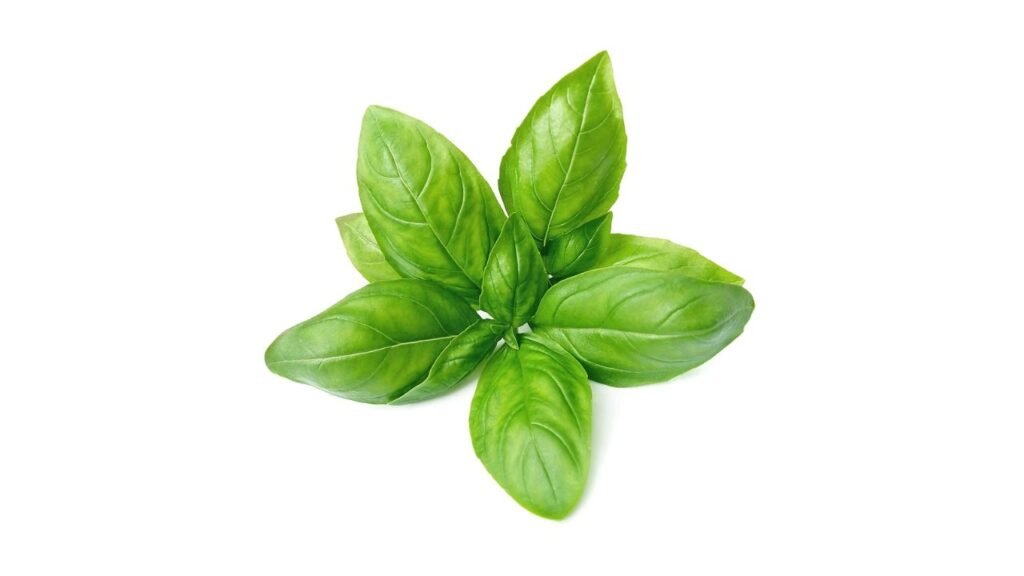
Basil is sweet, aromatic, and slightly peppery, making it perfect for Italian dishes. It’s the star ingredient in pesto and pairs wonderfully with tomatoes, pasta, and salads. Best used fresh to preserve its delicate flavor and bright green color.
2. Parsley
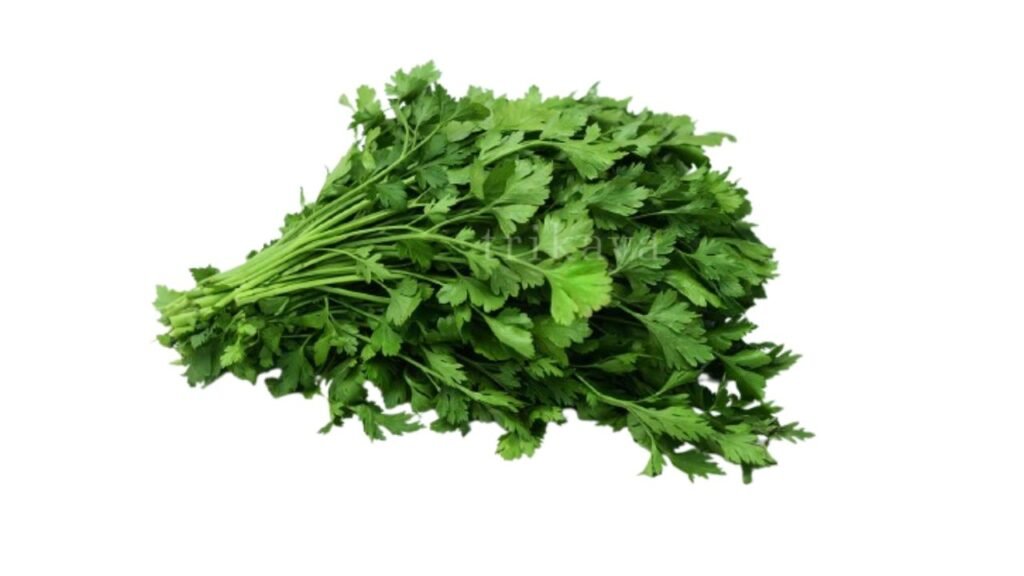
Parsley has a mild, slightly peppery taste that complements many dishes. Flat-leaf parsley is more flavorful than curly parsley, making it ideal for cooking, while curly parsley is often used for garnish. It adds freshness and balance to soups, sauces, and salads.
3. Mint
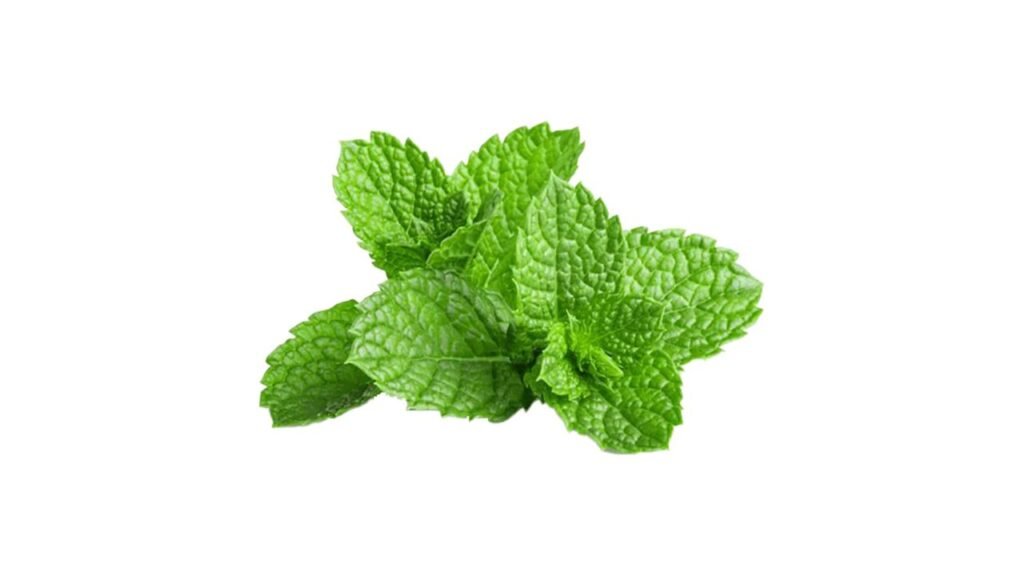
Mint offers a cool, refreshing taste with a hint of sweetness. It works well in drinks like mojitos, desserts like chocolate mint cake, and savory dishes such as lamb curries. Its fresh leaves can be used raw or lightly cooked.
4. Cilantro
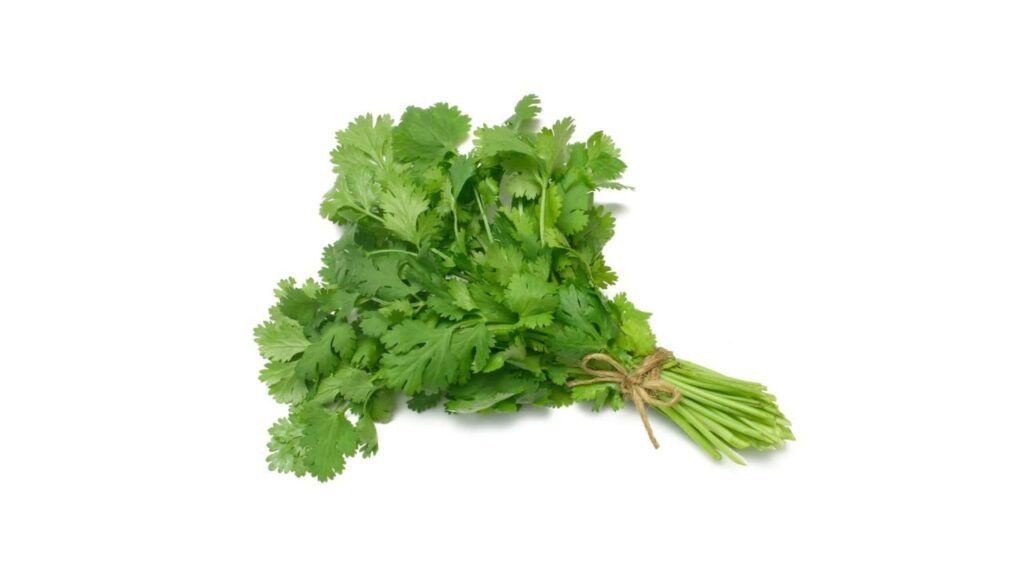
Cilantro has a bright, citrusy flavor that’s common in Mexican, Indian, and Thai cooking. It’s perfect for adding freshness to tacos, curries, and salads. Best used fresh, as cooking can mellow its taste.
5. Rosemary
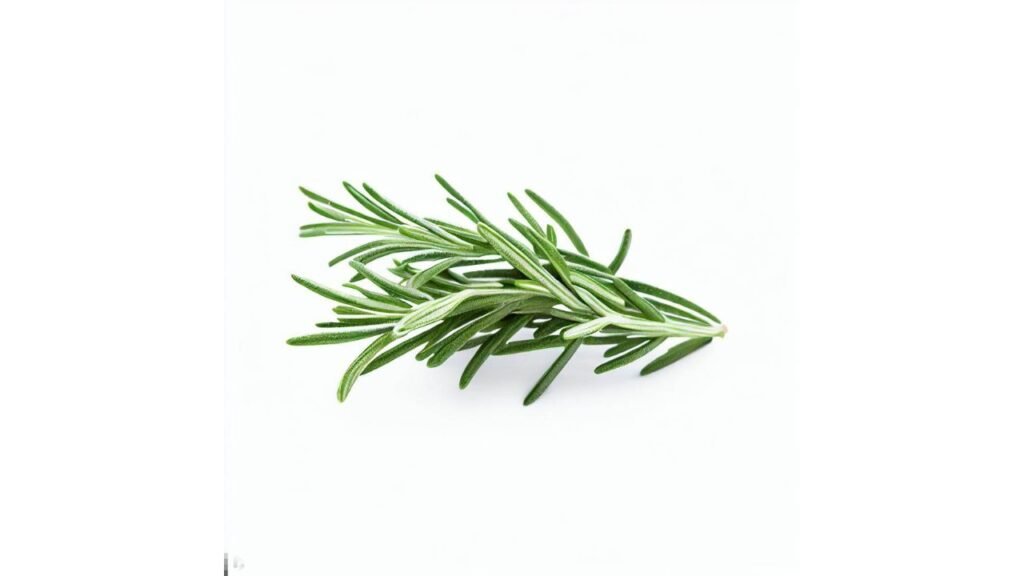
Rosemary is woody and pine-like, with a strong aroma that holds up well during long cooking. It’s excellent for roasting meats, potatoes, and bread. Use fresh sprigs or dried leaves to add depth to hearty recipes.
6. Thyme
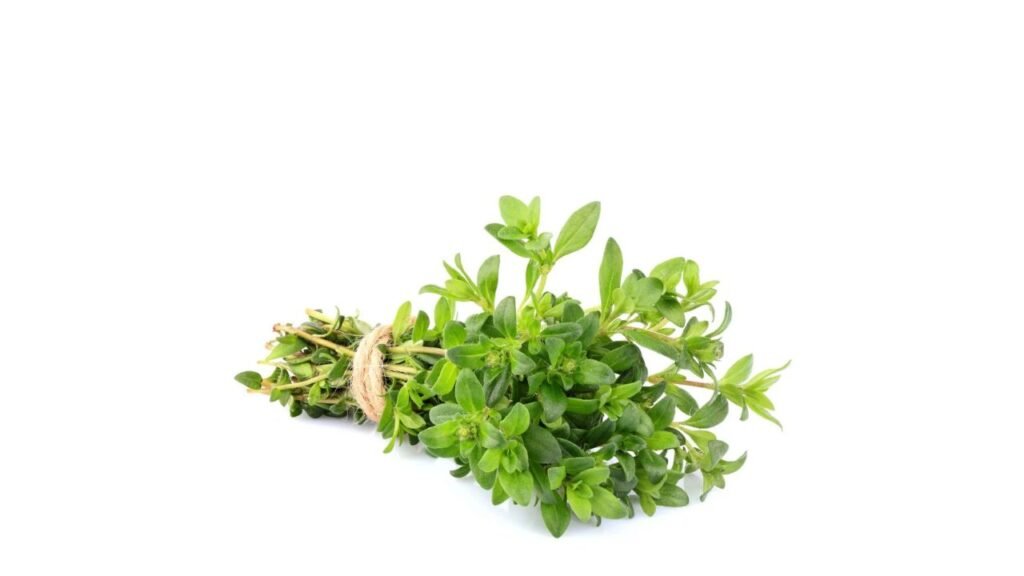
Thyme has an earthy, slightly lemony flavor that blends well with many dishes. It’s great in soups, stews, roasted vegetables, and meats. Fresh thyme sprigs can be added whole or stripped for the leaves.
7. Sage
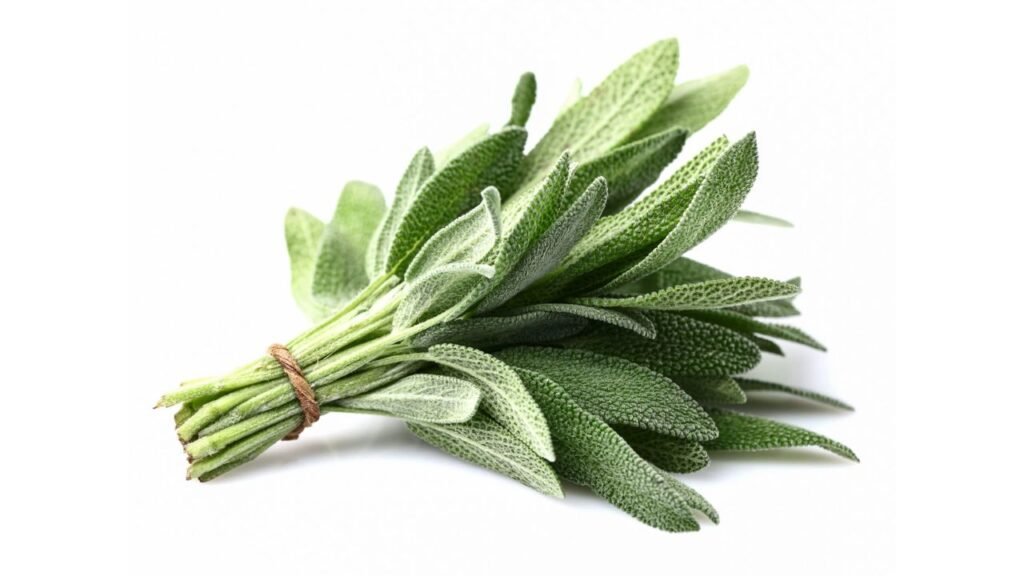
Sage is bold and peppery, with an earthy undertone. It’s often used in poultry stuffing, autumn recipes, and creamy pasta dishes. Its flavor intensifies when cooked, so a little goes a long way.
8. Oregano
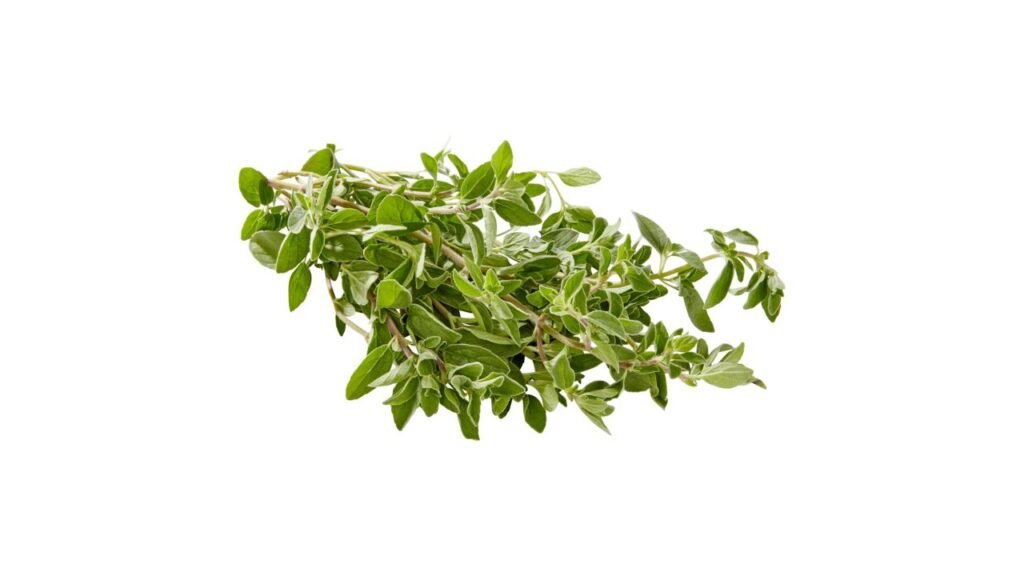
Oregano is robust and slightly spicy, making it a favorite in Mediterranean and Mexican cuisines. It’s a classic pizza topping and works well in pasta sauces and grilled meats. Dried oregano has a stronger flavor than fresh.
9. Dill
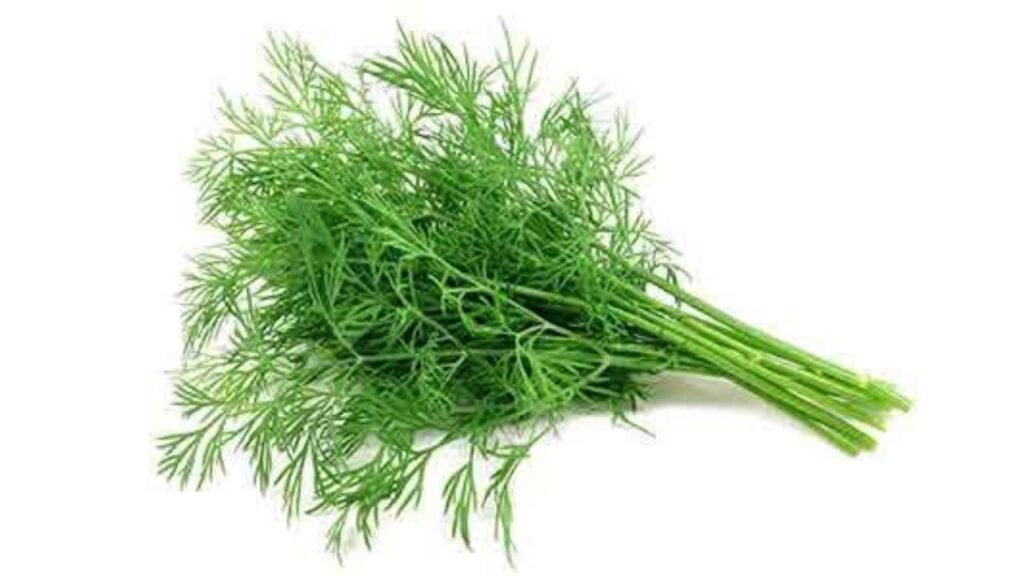
Dill has feathery leaves with a fresh, tangy taste. It pairs beautifully with fish, potatoes, and pickles. Both its leaves and seeds can be used for flavoring dishes.
10. Tarragon
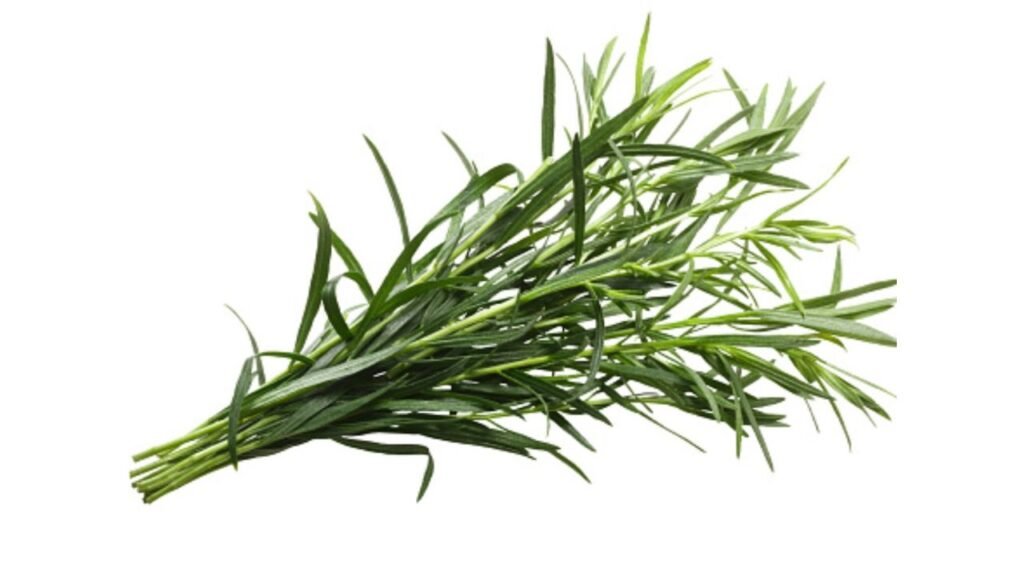
Tarragon has a mild anise-like flavor and is a staple in French cooking. It’s often used in sauces, chicken, and fish dishes. Fresh tarragon has a more delicate flavor compared to dried.
11. Chives
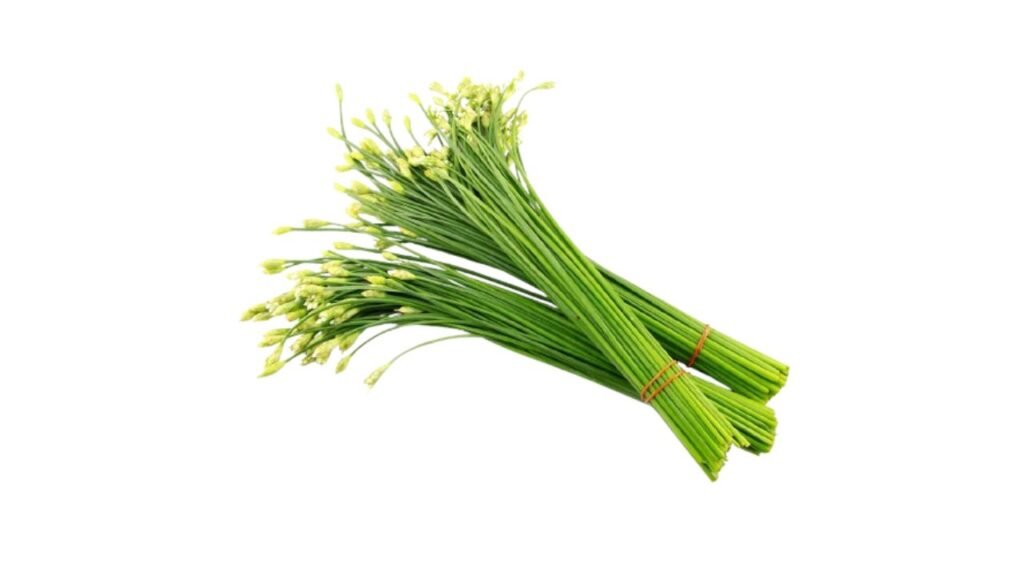
Chives have a mild onion flavor that works well as a garnish. They’re perfect for sprinkling over soups, baked potatoes, and salads. Fresh chives are best, as drying can reduce their flavor.
12. Lemongrass
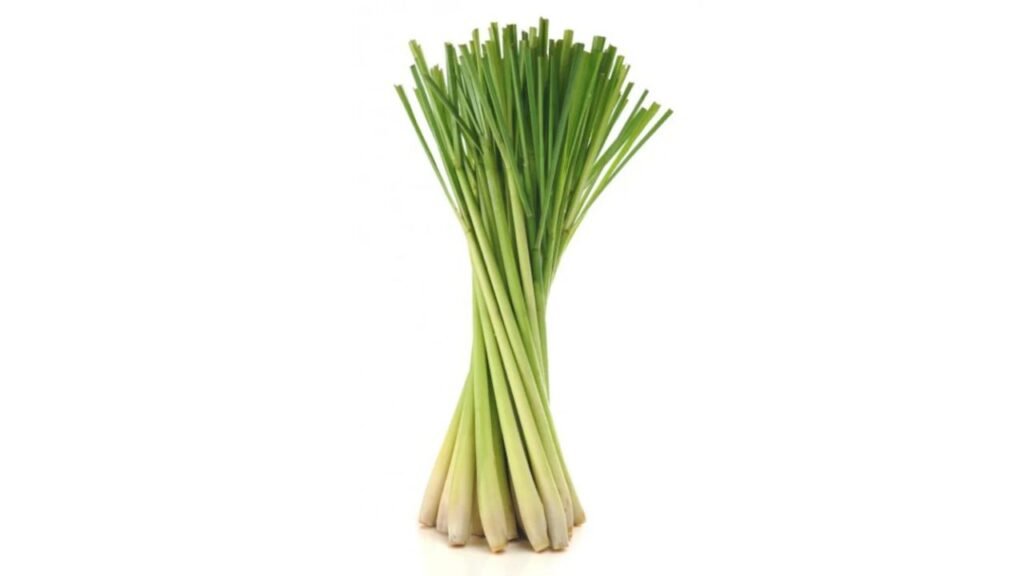
Lemongrass offers a bright citrus flavor and is widely used in Thai and Vietnamese dishes. It’s perfect for soups, curries, and marinades. The tough outer layers are removed, and the tender stalk is minced or bruised for cooking.
13. Marjoram
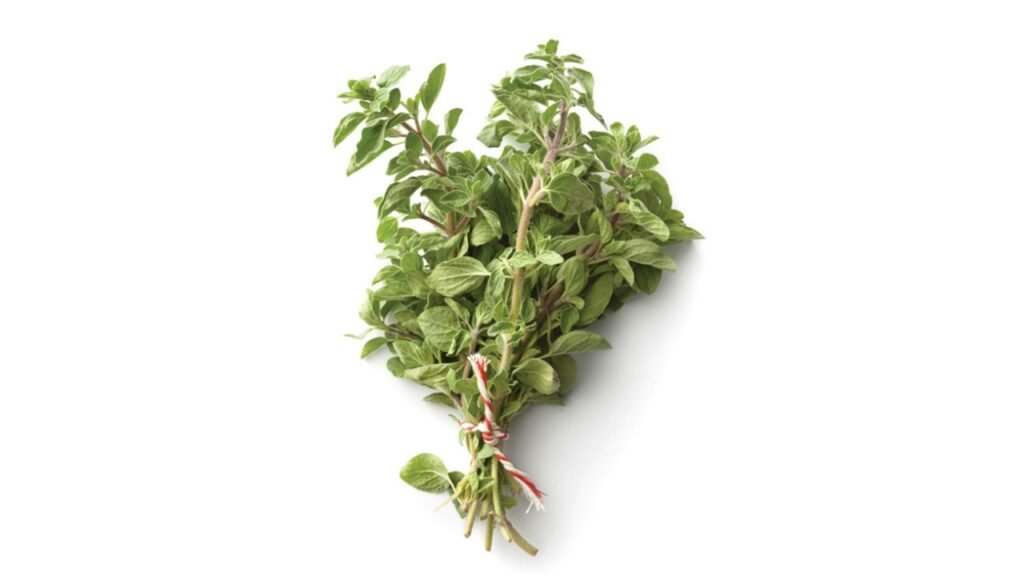
Marjoram is sweet and slightly citrusy, making it ideal for seasoning meats, vegetables, and soups. It’s often included in Italian seasoning blends. Fresh marjoram should be added at the end of cooking to preserve flavor.
14. Bay Leaf
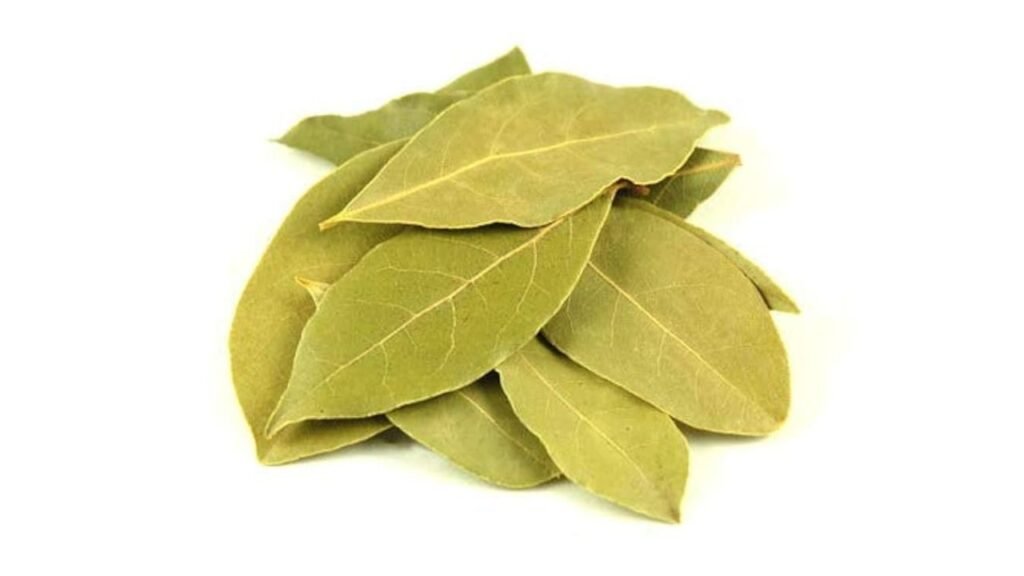
Bay leaves provide a subtle earthy taste to soups, stews, and braised dishes. They’re used whole and removed before serving. Both fresh and dried leaves are used, but dried are more common.
15. Fennel
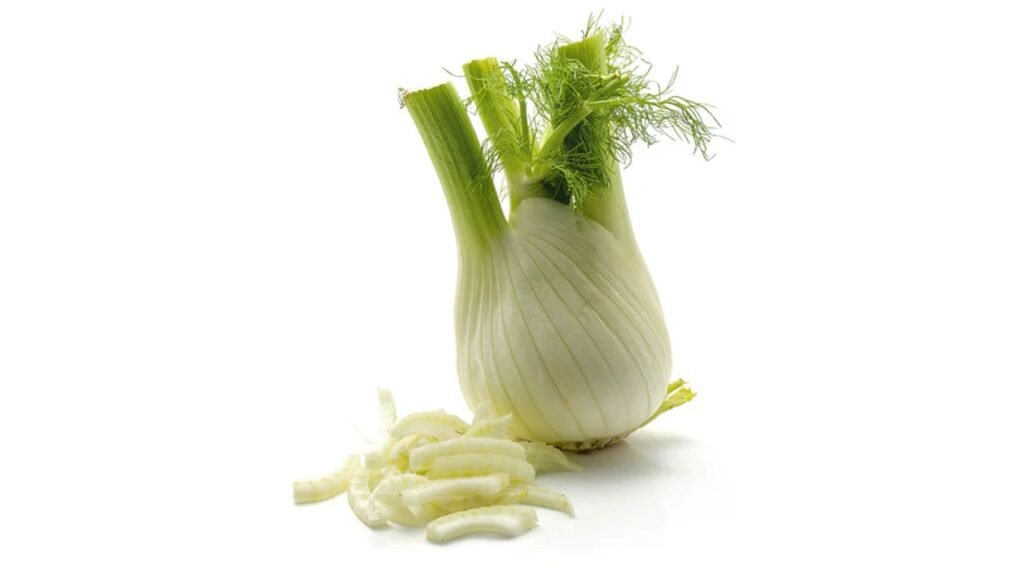
Fennel has a mild licorice-like flavor that’s versatile in cooking. Its seeds are used in sausages and curries, while the bulb can be roasted or eaten raw. Both fresh and dried forms are used in different cuisines.
16. Lovage
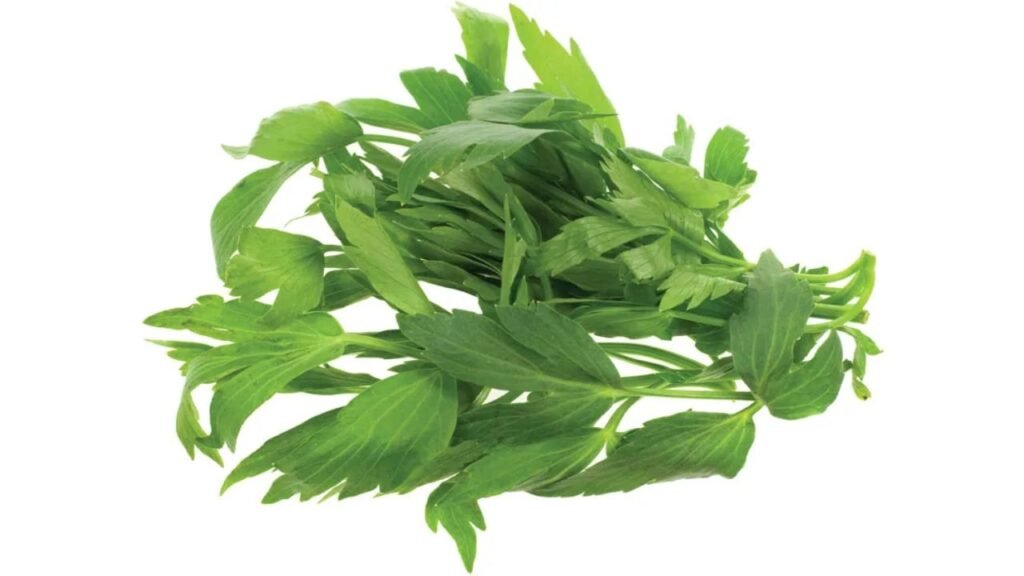
Lovage has a strong celery-like taste and is used in soups, stews, and stocks. Its leaves, stems, and seeds are all edible. A small amount can add a rich, herbal depth to dishes.
17. Sorrel
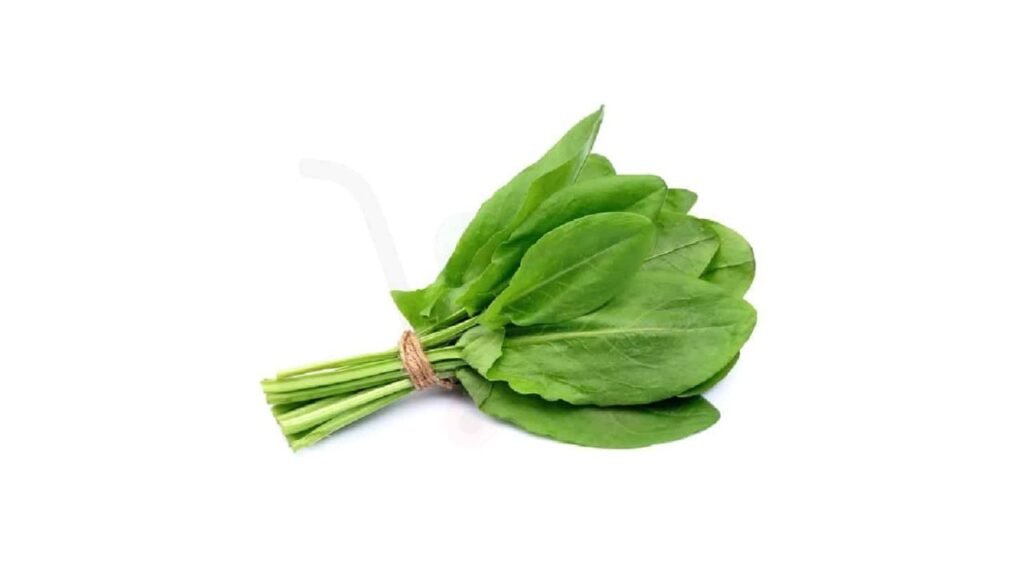
Sorrel is tangy and lemony, adding brightness to soups, sauces, and salads. It’s popular in European cooking and pairs well with eggs and potatoes. Best used fresh for maximum flavor.
18. Catnip (Culinary Use)
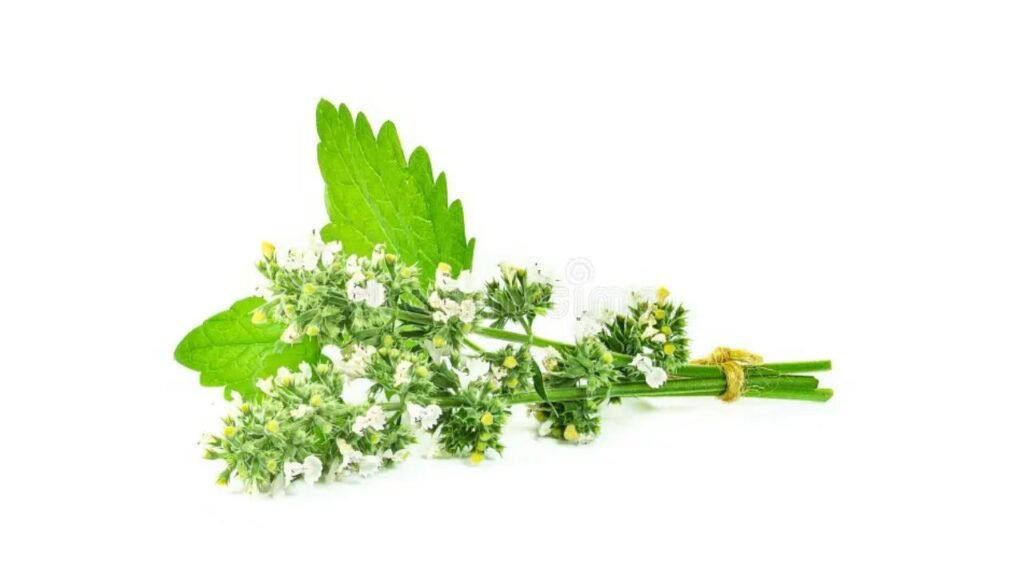
Catnip has a mild mint-lemon flavor and is used in herbal teas and light salads. While better known for attracting cats, it has traditional uses in herbal medicine and cooking.
19. Hyssop
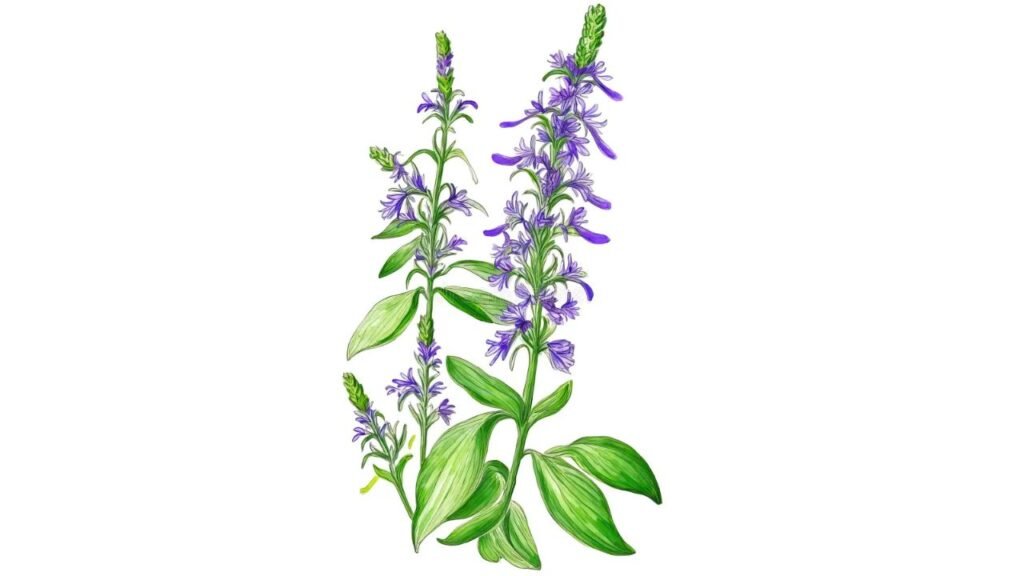
Hyssop is slightly bitter and minty, often used in herbal teas, soups, and meat seasoning. It’s strong in flavor, so it should be used sparingly in recipes.
20. Chervil
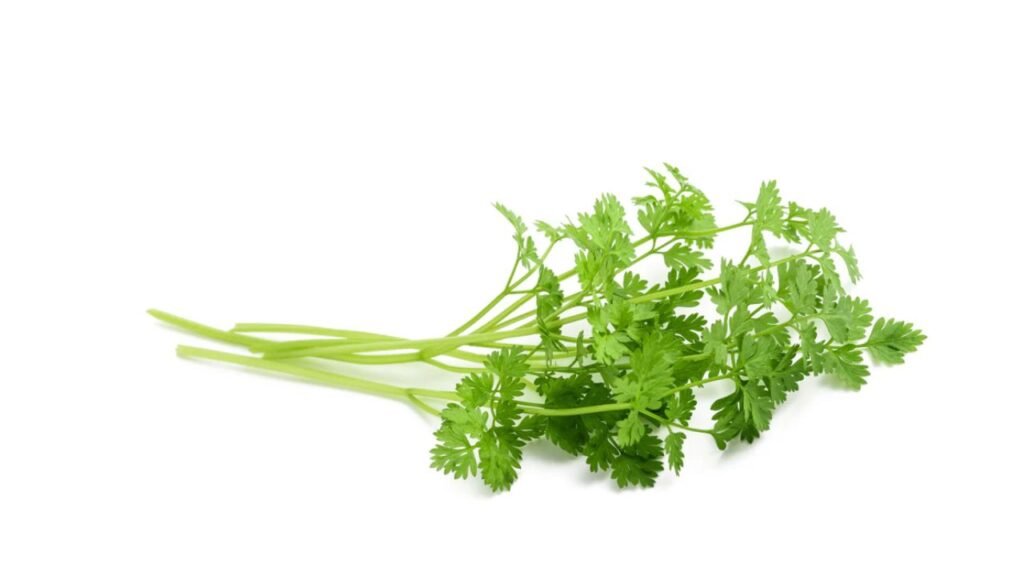
Chervil is delicate with a mild anise note. It’s a classic French herb used in sauces, egg dishes, and salads. Fresh chervil should be added at the end of cooking to keep its flavor.
21. Peppermint
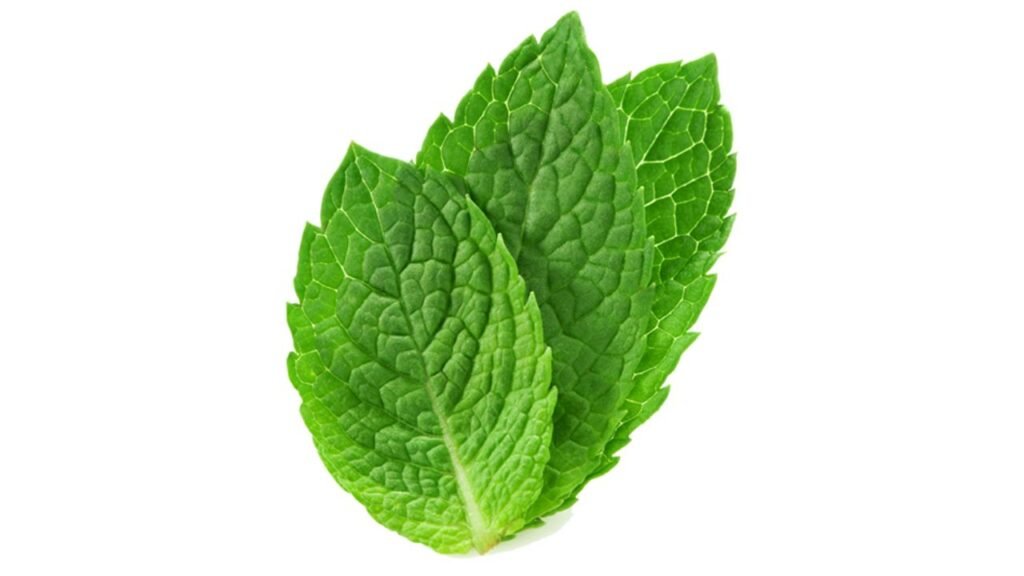
Peppermint is sharp and cooling, making it perfect for desserts, teas, and candies. It has a stronger menthol flavor than spearmint and is also used in herbal remedies.
22. Culantro
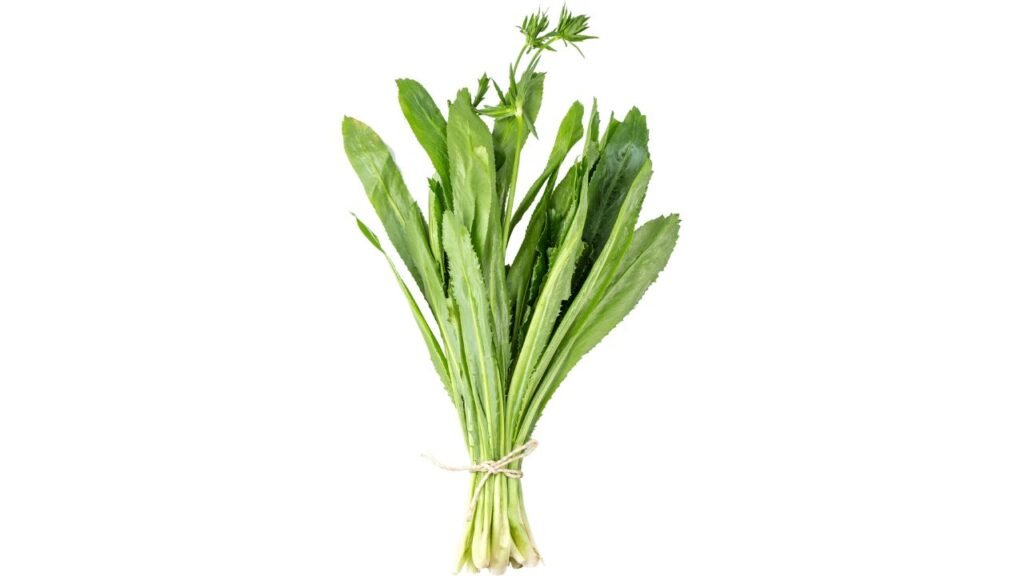
Culantro has a more pungent taste than cilantro and is common in Caribbean and Latin American cooking. It’s often used in soups, stews, and marinades for bold flavor.
Conclusion
The types of herbs you use can completely transform your cooking. From the cool freshness of mint to the bold punch of rosemary, each herb offers its own unique magic. Learning how to match herbs to dishes—and when to add them—can elevate your meals from ordinary to extraordinary.
By experimenting with different types of herbs, you’ll discover new flavors, enhance your recipes, and maybe even find a few favorites to grow at home. Whether fresh, dried, or blended, herbs are the secret ingredient that brings every dish to life.
Read Our More Blogs: What Are Herbs? Types, Uses and Health Benefits
